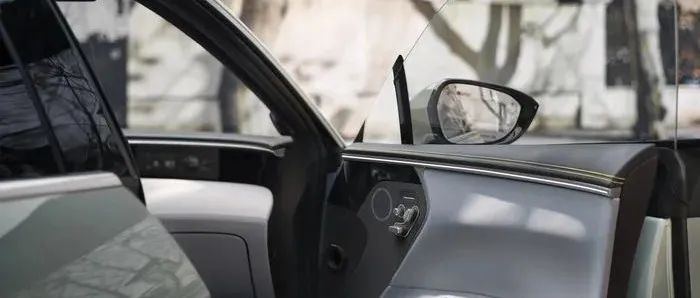Author: Xie Ruxin
Don’t underestimate Avita just because the name may not sound familiar. This new car manufacturer has the support of three giants – Changan Automobile, CATL, and Huawei. After the exercise of the UNI series and the Deep Blue brand, Changan has gained quite a bit of experience in creating high-end, tasteful products. This can be seen from the simple and luxurious style of the online launch event of the Avita 11 held yesterday.
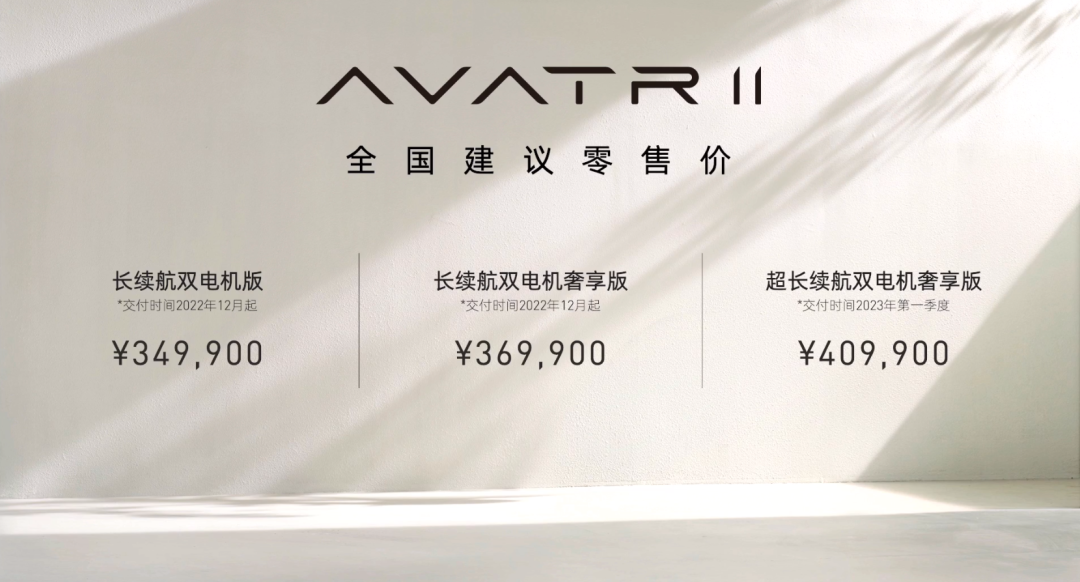
Although Huawei now has a closer connection with its own Harmony brand, it has put all its efforts into the Avita 11.
The Avita 11 is powered by the Huawei DriveONE three-in-one electric motor, which integrates the motor, motor controller, and reducer and uses oil cooling for heat dissipation. According to Huawei, the three-in-one system is 20% smaller and 15% lighter. Taking the permanent magnet synchronous motor on the rear axle of the Avita 11 as an example, its power density is even better than that of the Tesla Model 3 Performance. Specifically, the front motor of the Avita 11 is 195kW, the rear motor is 230kW, and the maximum power can be up to 425kW, which can be called violent. The official zero to one hundred acceleration time is less than 4 seconds at the fastest.
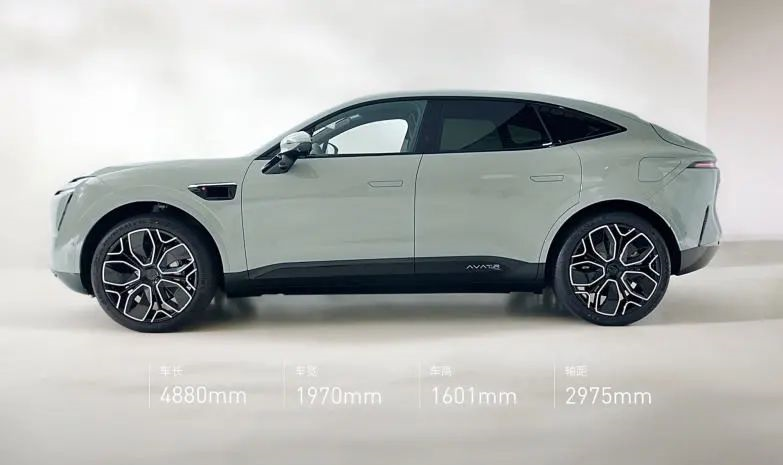
In terms of intelligent driving assistance, both the hardware and software of the Avita 11 are Huawei products, equipped with the highest level of MDC810 computing platform, with a total computing power of 400TOPS. With the support of 3 semi-solid-state LiDARs, 6 millimeter-wave radars, 13 HD cameras, and 12 ultrasonic radars, the Avita 11 can achieve functions such as high-speed navigation assistance and automatic parking, and can also achieve urban navigation assistance after OTA upgrades in the future. That is to say, under certain conditions, the Avita 11 can automatically enter/exit the ramp on the highway and can stop at red lights, crossroads, etc. on city roads.
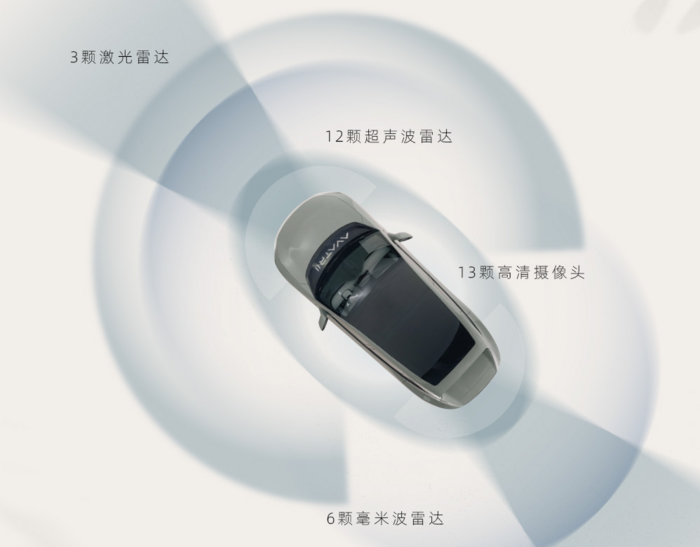
In addition to power and driving assistance, Huawei’s third specialty is the HarmonyOS car system. The car UI of the Avita 11 is similar to the HarmonyOS M5 interface, belonging to a simple and clear style. However, the Avita 11 has more screens. The 15.6-inch central control screen is in the middle, with a 10.25-inch instrument panel and a co-pilot entertainment screen on the left and right sides.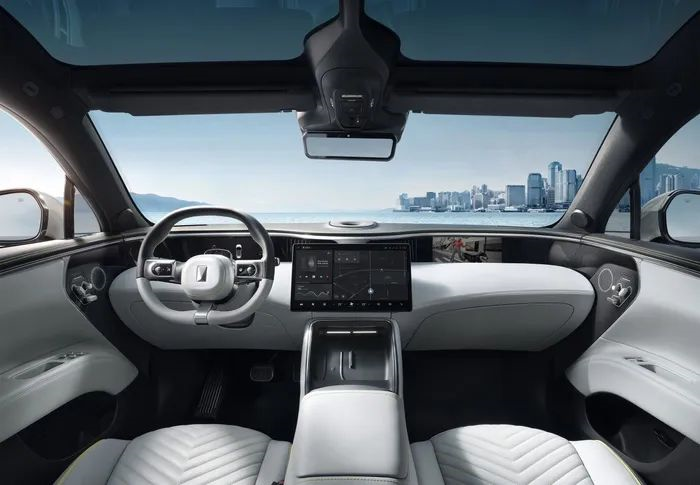
After discussing Huawei, it’s time to talk about CATL. As the second largest shareholder of AVITA, CATL naturally wants to use the best technology on its own products first, as publicly stated by the founder of CATL, Zeng Yuqun. Therefore, CATL has applied industry-leading technologies such as super fast charging, CTP, and NP isolation on the AVITA 11.
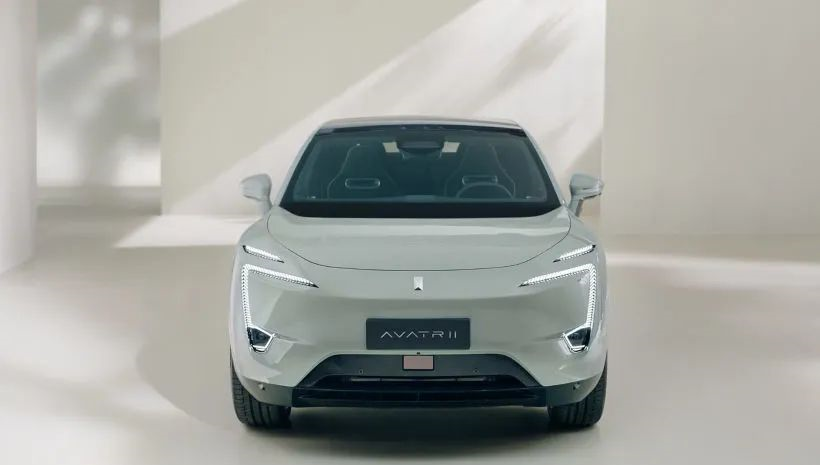
Thanks to CATL’s CTP 2.0 technology, the energy density of the 116 kWh battery pack in the AVITA 11 reaches 190 Wh/kg, with a range of up to 680 km. The energy density of the 90 kWh battery pack can reach 180 Wh/kg, with a range of up to 555 km. In addition, the 750V high-voltage charging platform can achieve a maximum charging power of 240 kW, providing a range increase of 200 km after only 10 minutes of charging. AVITA will also collaborate with BP to jointly build a high-voltage fast charging network, providing users with a more convenient car usage experience.
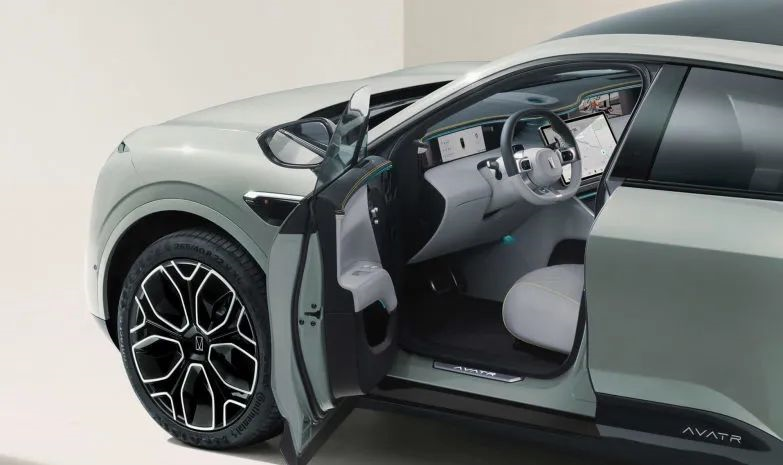
Although the AVITA 11 is not equipped with CATL’s latest Kirin battery, CTP 2.0 technology also originates from CATL and it is not excluded that the AVITA 11 will release a version with the Kirin battery in the future.
Understanding what CATL and Huawei have done for the AVITA 11, you should have a better concept of its price range of 349,900 to 409,900 yuan. Undoubtedly, the hardware highlights are fundamental to the AVITA 11, but many users may find it difficult to intuitively feel its effects. Therefore, the AVITA 11’s internal and external design showcases its charm in a unique way.
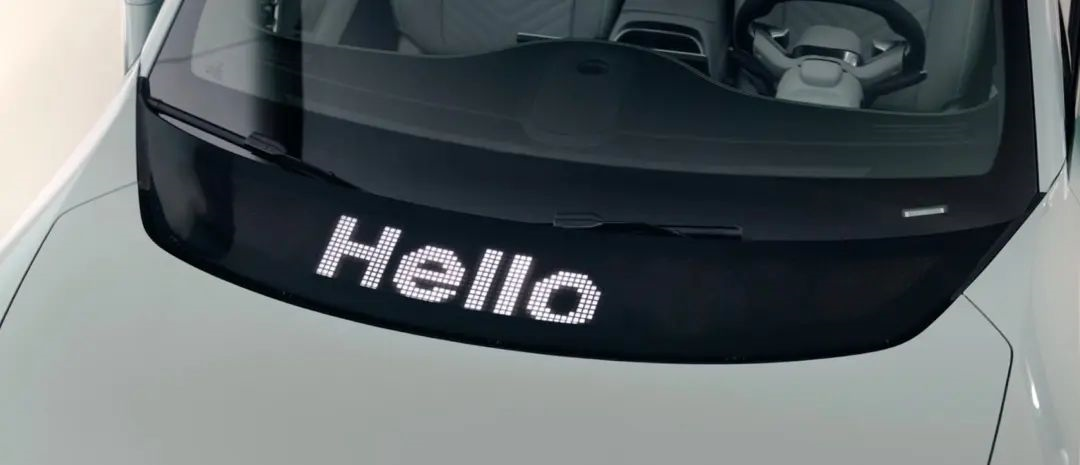
Its body posture is very dynamic. With a long front and short back and a low body, it creates a classic coupe SUV posture. However, its lines are not exaggerated; the round and smooth front end, the sharp and well-integrated headlights, and the raised tail and sloping roof work well together, making it look ready to go from the rear.
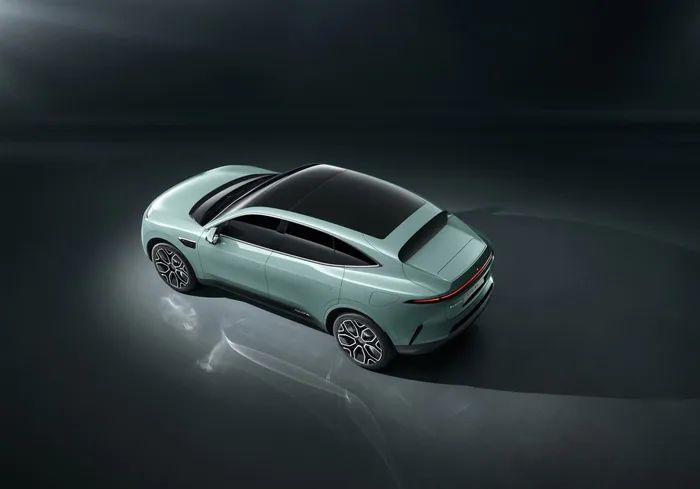 The special feature lies in its rear glass not being laid along the tailgate arc, but rather almost vertically, leaving a relatively flat trunk cover, giving it a somewhat old-school racing car feel —— a similar design can also be seen on the newly launched Ferrari 296. This design inspired by classic sports cars, incorporated into an electric SUV that signifies the future, is innovative. In addition, there is a retractable rear wing on the trunk cover. Don’t worry about the small rear window and poor rear visibility in the car, as this issue is solved with a streaming media rearview mirror.
The special feature lies in its rear glass not being laid along the tailgate arc, but rather almost vertically, leaving a relatively flat trunk cover, giving it a somewhat old-school racing car feel —— a similar design can also be seen on the newly launched Ferrari 296. This design inspired by classic sports cars, incorporated into an electric SUV that signifies the future, is innovative. In addition, there is a retractable rear wing on the trunk cover. Don’t worry about the small rear window and poor rear visibility in the car, as this issue is solved with a streaming media rearview mirror.
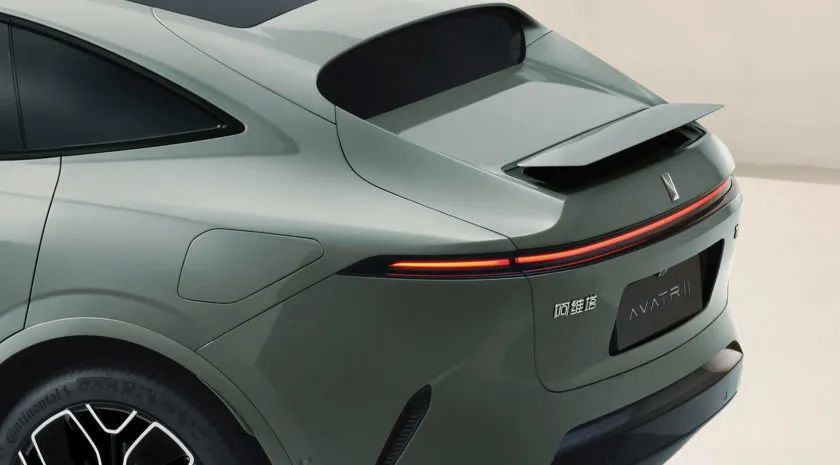
The unique design of the tailgate also brings another feature. Its trunk is not directly connected to the cabin like a traditional SUV, but rather has a partition in the middle similar to a three-box sedan. The advantage is that opening and closing the trunk will not affect the cabin, and it also provides better sound insulation, but the disadvantage is that the loading space is limited, which affects the practicality. However, for buyers of the AWEITA 11, practicality is probably not the primary concern.
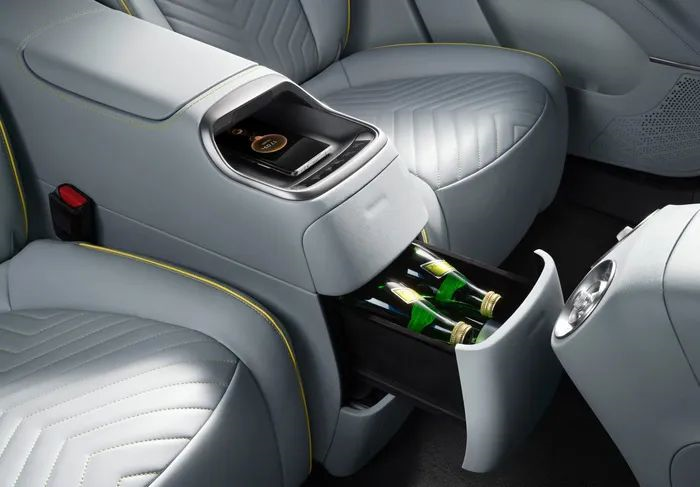
As for the interior, you can also appreciate the expertise of the AWEITA 11 design team. Its overall interior layout is simple, with curves as the basis for the center console, giving a feeling of elegance. Whether it’s the wine-red and rose gold pairing, or the black and white with bright yellow accents, it all looks very classy. In addition, the button shapes are also very exquisite.

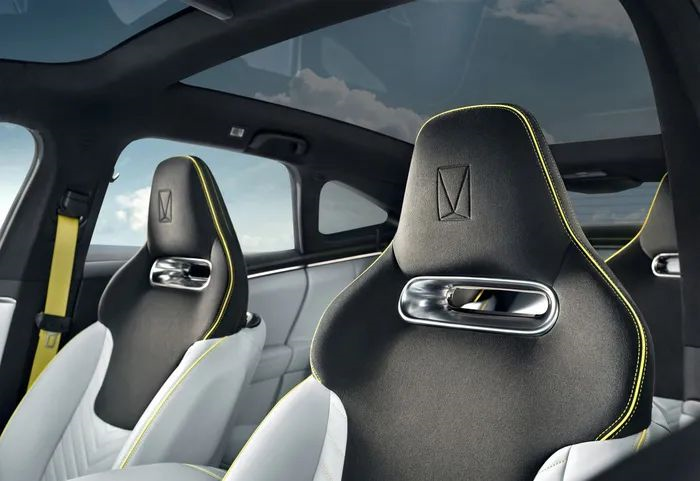
With industry bigwigs endorsing its performance and style, it’s no wonder that the AWEITA 11 sparked interest from many people as soon as it was released, including some luxury car owners. In the early stages of its release, there may be some affluent people willing to try the AWEITA 11, for the sake of curiosity, etc. —— commonly known as buying to try. But this certainly won’t be the norm. After all, the price of AWEITA 11 is not cheap, and it has already moved away from the positioning of a basic family car. How to attract customers from the consumer groups who are already planning to buy luxury cars that cost three to four hundred thousand, is what AWEITA needs to figure out.
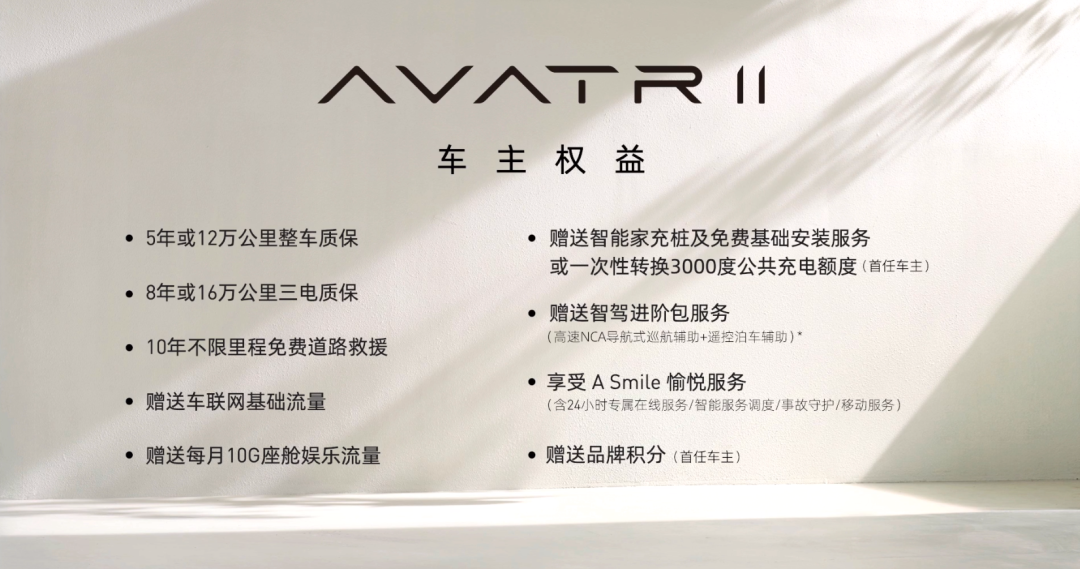 Currently, it seems that WEY is still taking a product-focused approach, which is essentially no different from other independent domestic automakers creating a new energy brand. This model is not new, as Voyah, GeometryAuto, and IM have already set out on this path before WEY. In comparison to its “foster child” status, WEY’s connection to Huawei is not as deep, and it cannot enjoy the benefits of Huawei’s direct support. Therefore, future marketing will have to be led by WEY itself. This means that it depends on how high Changan can push WEY in the future.
Currently, it seems that WEY is still taking a product-focused approach, which is essentially no different from other independent domestic automakers creating a new energy brand. This model is not new, as Voyah, GeometryAuto, and IM have already set out on this path before WEY. In comparison to its “foster child” status, WEY’s connection to Huawei is not as deep, and it cannot enjoy the benefits of Huawei’s direct support. Therefore, future marketing will have to be led by WEY itself. This means that it depends on how high Changan can push WEY in the future.
This article is a translation by ChatGPT of a Chinese report from 42HOW. If you have any questions about it, please email bd@42how.com.
